People of India: Assam (Volume 15, Part 1)
Synopsis
The Anthropological Survey of India launched the People of India project on 2d October 1985 to generate an anthropological profile of all communities of India, the impact on them of change and the development process, and the links that bring them together. As part of this all India project, the ethnographic survey of all the 115 communities in Assam was taken up for the first time in collaboration with local scholars. The results of this survey were discussed at the workshops held in Shillong/ Guwahati in May 1988. The space now known as Assam emerged as a distinct econo-cultural region early in history. It was peopled by the legendary kirata, whose descendants still identify themselves with the Mahabharata tradition, and with tantricism and shaktism. It has been a melting pot of ethnic streams, the most important being the Mongoloid and the Caucasoid, the Australoids constitute the substratum of most Assam population. Medieval Assam saw the rise of Assamese as language, neo-vashnavism propounded by Mahapurush Shankar Dev and the rise of a powerful state established by the Ahoms in the Brahmaputra Valley. Assam is linguistically heterogeneous with 45 languages/ dialects being spoken by the speakers of the Tibeto-Burman language family and of the Indo-Aryan language families. Ecology determines the settlement pattern and house types, the distribution of peasants and fisherfolk. Assam’s identity is defined by language, territory, dress, cuisine, festivals such as Bihu, connected with fertility. The other features are availability of land and abundance of water, immigration of people, vegetarianism with fish, fish and all pervading fishing culture, settled cultivation, visibility of women in all roles, vibrant folk tradition, flourishing crafts, near absence of untouchability and rigidity of jati and varna structure, and a greater social intercourse among the communities. Assam has taken steps to grant autonomy to tribal communities. Maintenance of the integrity of Assam is integral to the peace and stability in the region.
Read more
21.60
19.44
$
24.00 $
Free delivery Wolrdwidе in 10-18 days
Ships in 2-4 days from New Delhi
Membership for 1 Year $35.00
Get it now and save 10%
Get it now and save 10%
BECOME A MEMBER
Books by the same authors
-
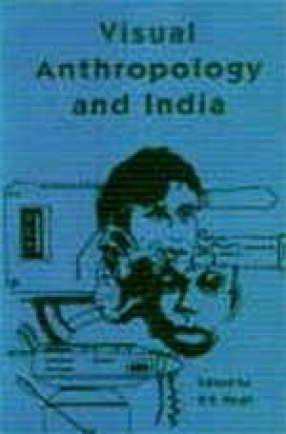
Visual Anthropology and India: Proceedings of a Seminar
-
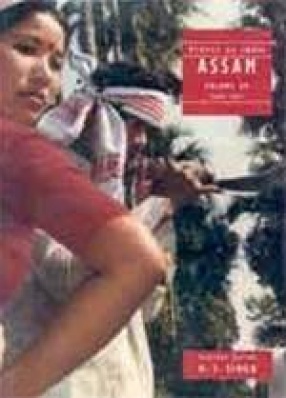
People of India: Assam (Volume: XV In Two Parts)
-
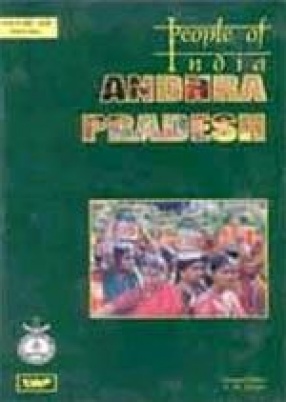
People of India: Andhra Pradesh (Volume 13, In 3 Parts)
-
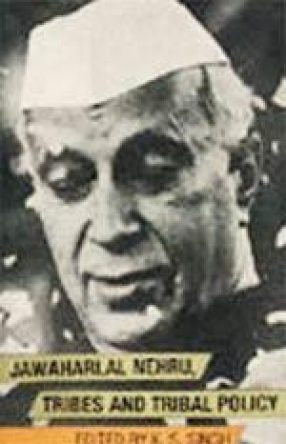
Jawaharlal Nehru, Tribes and Tribal Policy
-
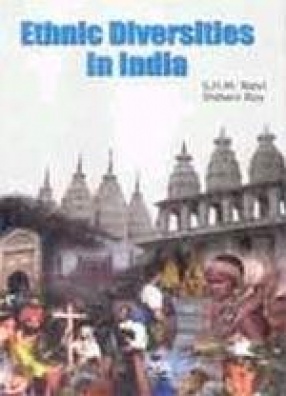
Ethnic Diversities in India
-

Dhodia Identity: Anthropological Approach
-
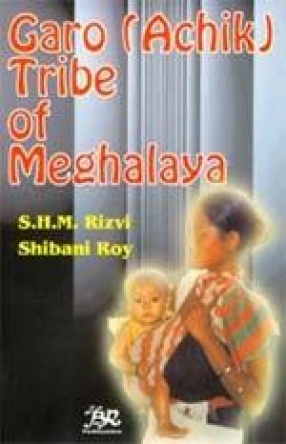
Garo (Achik) Tribe of Meghalaya
-
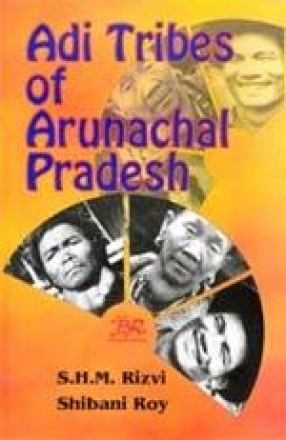
Adi Tribes of Arunachal Pradesh
-

The Rising Manipur: Including Other North-Eastern States
-
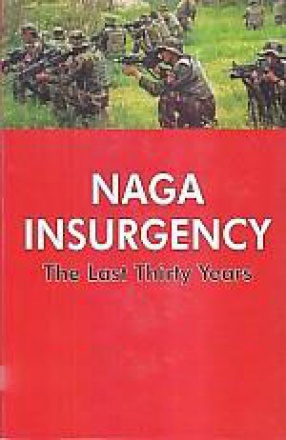
Naga Insurgency: The Last Thirty Years
-
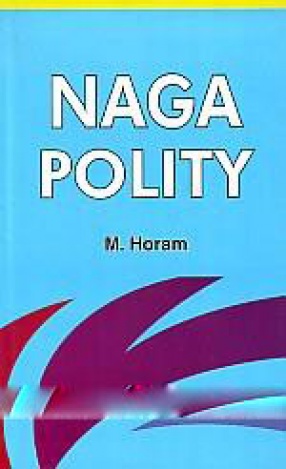
Naga Polity
-
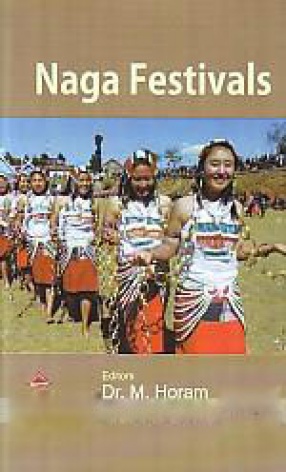
Naga Festivals

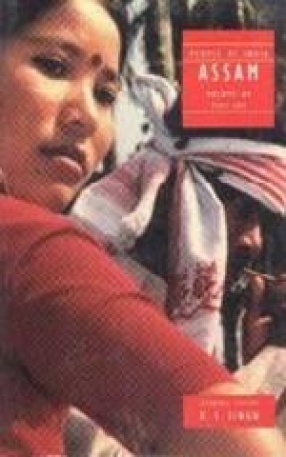

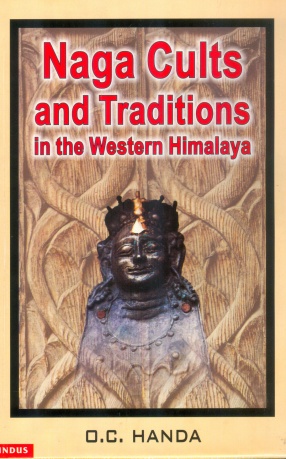
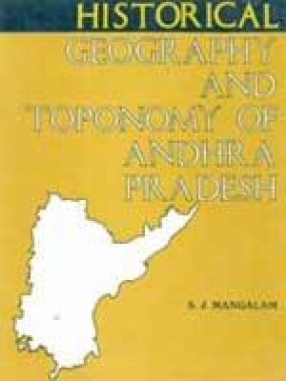
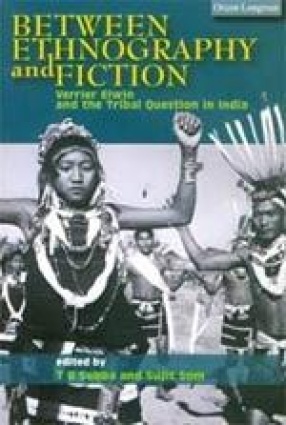

Bibliographic information
S.H.M. Rizvi
M. Horam